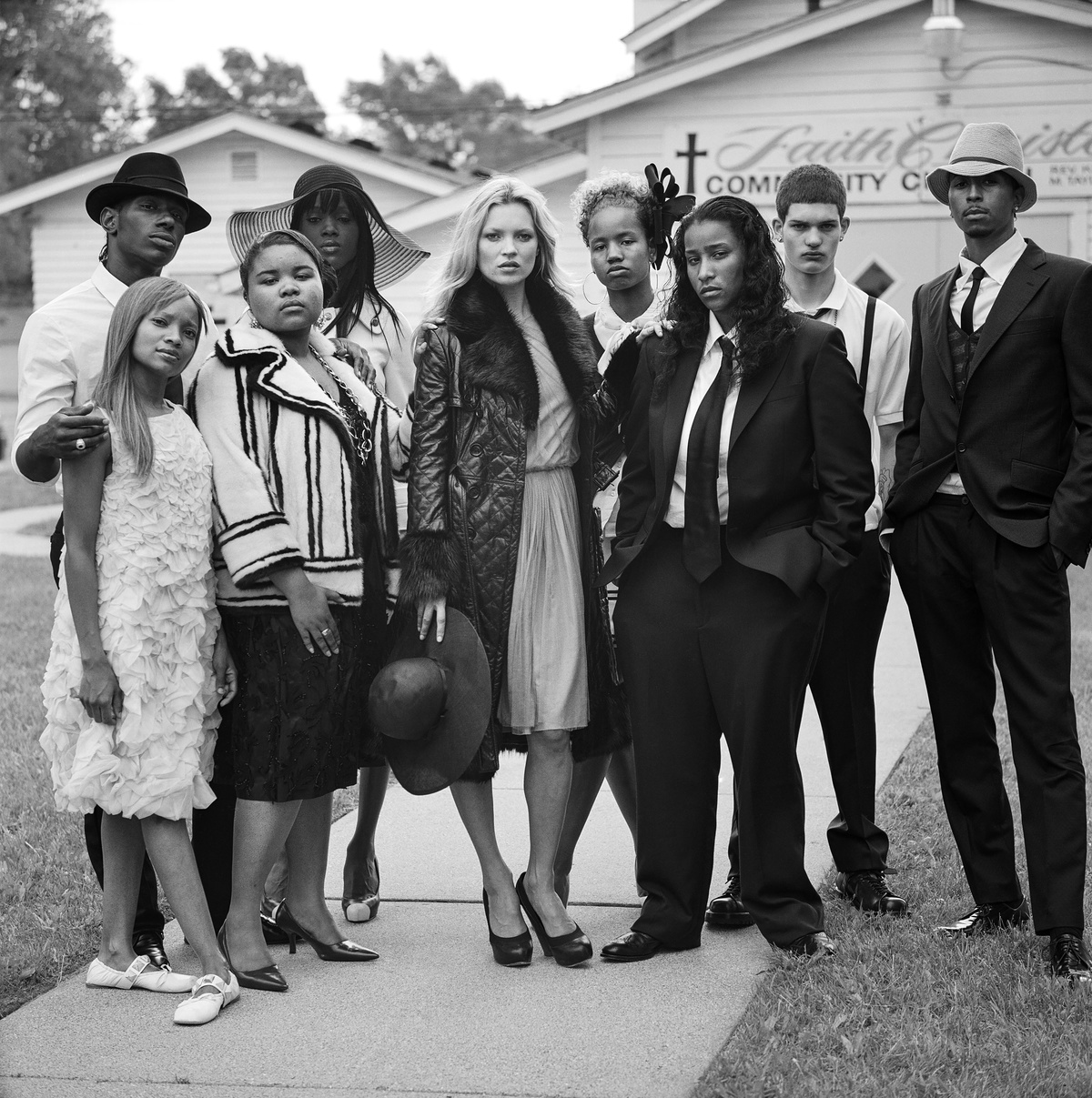I’m excited to come to Detroit this week. It will be my first time.
The good thing about Detroit is you can talk about almost anything here – sports, politics, fashion – but what you’re really talking about is the city. My first connection with Detroit was through Motown, so I imagined it would be like a musical, with everybody singing and dancing down the street – kind of like the first time I went to Paris and expected everyone on the streets to be wearing Dior. The strange thing was, when we got to Detroit, the weather was good and people were all eating outside. Sometimes there would be a stage in the back of a restaurant with people performing. So Detroit ended up being kind of like I had pictured it.
When did you first travel there?
In 2006, I went with Dennis [Freedman, for W magazine]. When I went back again last year I saw lots of interesting things happening – gardens growing everywhere, people looking forward to the future in a positive way. My sense of a place has always come from its people.
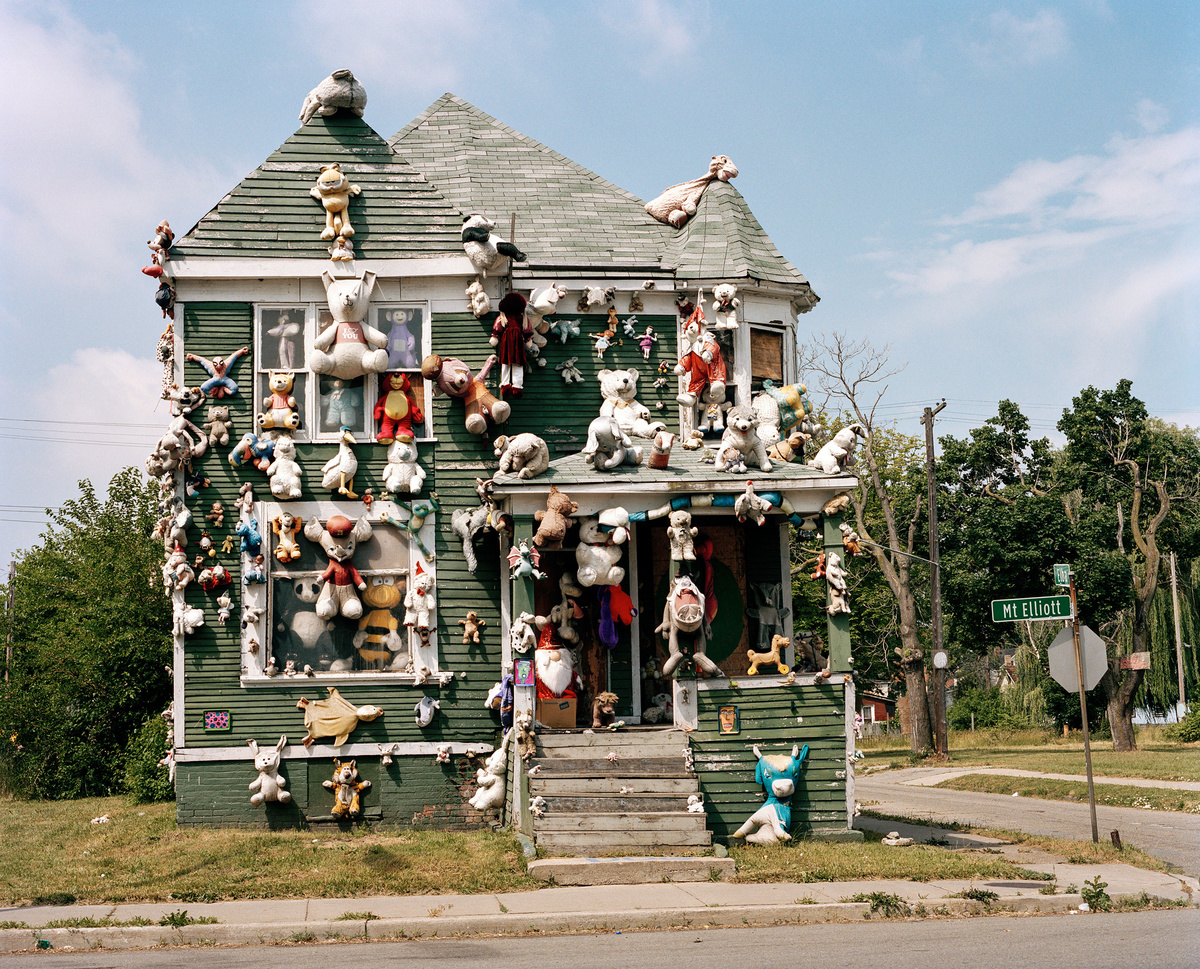
Heidelberg Project, Detroit, MI 2006
You have photographed a lot of really extraordinary and talented people in the city.
One thing that I like to do when I go to a place is to check out the churches, because that’s where you see how people dress, how they dress their children. It’s one of the best places to see how fashion and clothes express a culture.
Do you ever go to church in New York?
Definitely. Sometimes I’ll be on Fifth Avenue around Christmas and I’ll go to St. Patrick’s Cathedral. It’s so quiet there, and I’ll think of someone who’s no longer with us. You see all walks of life there, too.
Recently I was in England at this stately house. A butler who was taking care of the dogs was dressed in tails and had a vest on with the most beautiful metal hanging from it. I thought, ‘Wow, if he was taking care of my dogs he’d be all dirty and wet.’ But his outfit helped me understand what kind of person he was. In the the same way, people in Detroit get really dressed up for church, graduations, homecomings, and birthdays. I really love to photograph that feeling of celebration.

What are some of the other places you went to that you find inspiring in Detroit?
There’s a great barbershop called Upper Cuts. It has the most beautiful boxing mural on it with Tommy Hearns, a fighter from the Kronk Gym. All these old guys are sitting in there, getting really prim and proper.
You took pictures at the legendary Kronk Gym. You’ve photographed boxers so many times over the years; what about the sport makes you keep coming back?
Well, it’s a test of man against man or woman against woman, the athleticism of it is very pure. Like most athletes, boxers give up a lot of their youth to what they do, which I find interesting. I also like the boxing coaches, you could make a documentary about any of them. I made a movie of a boxing club in Portland, Oregon called Broken Noses.
I don’t feel the need to photograph champion boxers only. Once you’ve met Ali and he gives you a hug, that’s as good as it gets. I get excited at places like Kronk Gym – there’s something about the boxers all lined up, and the mothers and daughters all dressed up, watching them fight and train. It’s a beautiful family tradition.

Grace Lee Boggs, Author and Activist, Detroit, MI 2013
When you work on an exhibition, how do you decide what to include?
Whenever I work on an exhibition, I get really critical of my work, and then I start working on it, and make a dummy of the exhibition, and then it takes shape. Photographs are like your children, by the time they’re in the exhibition, they want to go out on their own into the world. If a photo can stand on its own and say something, or express the pleasure I felt when I took it, then it’s right for the show. I like exhibitions that express something about the artist, so I hope that mine does.
How do you get your subjects talking? And what did you find that the people in Detroit were talking about?
You always hope you’ll get a story. Sometimes it can be very simple, but I talk to people in a lot of different ways. Casting director Jennifer Venditti introduced me to many people in Detroit, so it really started there.
When I met Jeremy, the guy on the exhibition poster, he was 17. Jeremy was going to an art school for kids who were having a lot of problems, like juvenile delinquency. He hung out with us a lot, and something happened that was really incredible. We were photographing him on the street with this beautiful African American girl. She had her hair dyed red, way before Rihanna. I told Jeremy, ‘Stand over there,’ and he said, ‘Oh I can’t do that.’ I asked why, and he said, ‘A gentleman always stands on the side of the traffic.’ I never thought I would hear that in Detroit, but that’s what the city is like. People are conscious of old school things and new school things. It’s special in that way, very uniquely elegant.

Jeremy Marek, Student, Detroit, MI 2006
That is so cool. Patti Smith recommended that young creative people get out of New York and move to Detroit. What do you think of that idea?
If I was young, I would do that. Definitely. All these people are so worried about doing the right thing for the right magazine. What about someone who’s doing something for the wrong magazine or doing it just for themselves? I was in London and an editor over there asked, ‘What are you doing on Friday?’ And I said, ‘I’m doing these pictures.’ And she said, ‘For who?’ And I said, ‘For nobody, for me.’ Not every photograph has to end up in a 12-page portfolio or be worth a lot of money. It’s good to do this for yourself.
At times I think I’d definitely move to Detroit. You’d have a lot of space. You’d meet people. You’d get the magazines to come to you. I’m surprised more magazines don’t go out there. The people are so beautiful.
Do you have any advice for young artists working in Detroit?
Everyone gets really bogged down with what people think that they should be. Sometimes a person never has to leave their backyard. Alfred Stieglitz said you never have to go anywhere. Just stay at home.I would also say, ‘Ask questions.’ You’re living in such an interesting place.
Just recently I saw a wonderful exhibition of Matisse’s cutouts at the Tate Modern. In one of the films, he was lying in bed, he was sick and couldn’t really work as much as he used to. So he was making these gorgeous cutouts. He didn’t really care what anyone thought about them, they took him somewhere.
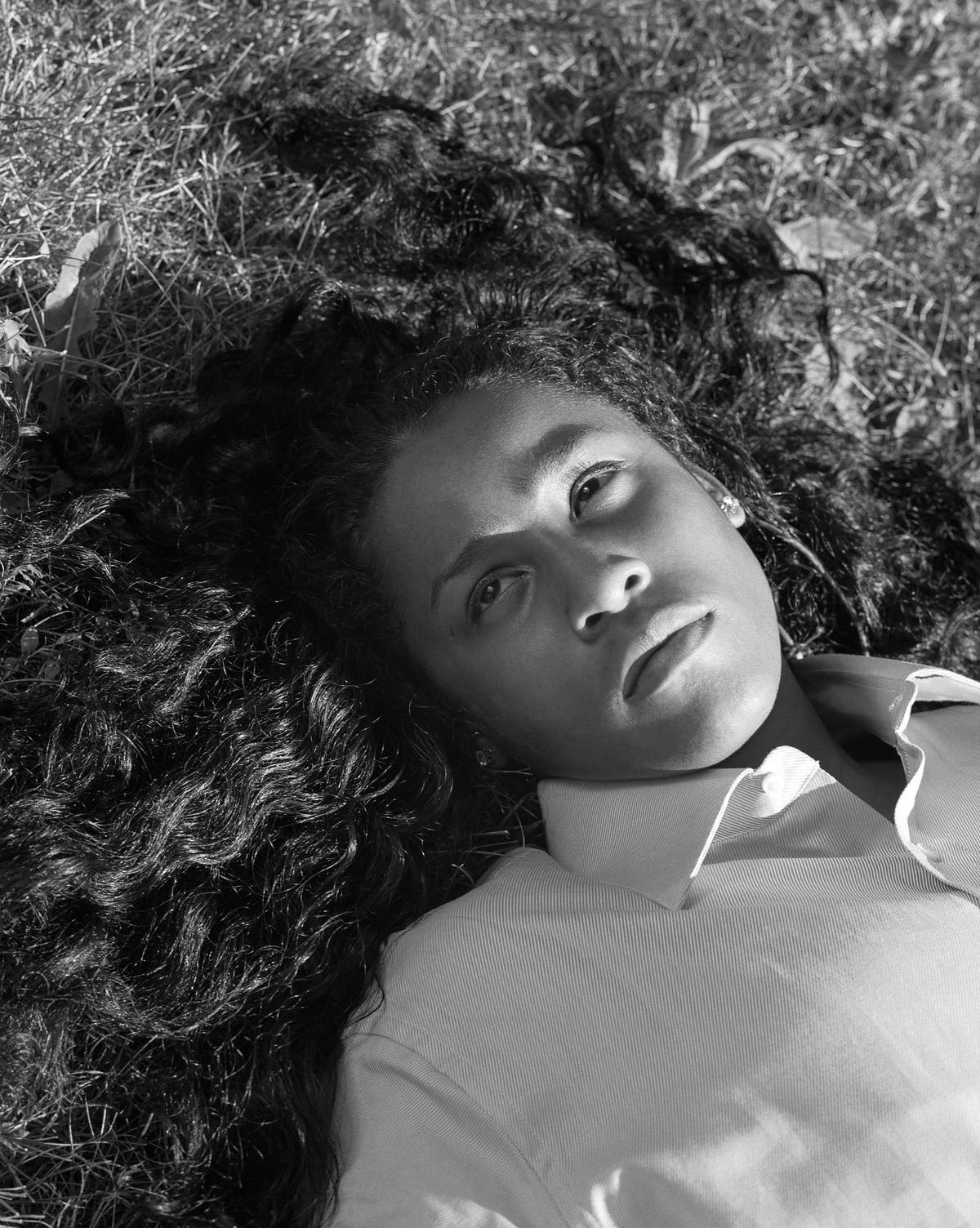
You’ve photographed all of these cultures around the US, like Little Haiti, Mississippi, and now Detroit. Are there any places you’re itching to photograph that you haven’t gotten to yet?
I’m on a road trip right now and we’ve come across some little towns in Pennsylvania near where I grew up. It’s so green here now. I don’t know, maybe I’ll go back to my hometown. I haven’t been there in many, many years. The whole town used to close down on Friday night for the high school football game. People who worked in the coal mines or on farms would get together to share a local beer called Iron City.
Well, congratulations on the Detroit show.
The city’s so great, the people are extraordinary and they’re very open. Mr. Detroit, an impeccably dressed older gentleman and local character, has this saying: “It’s always a treat when real folks meet.”
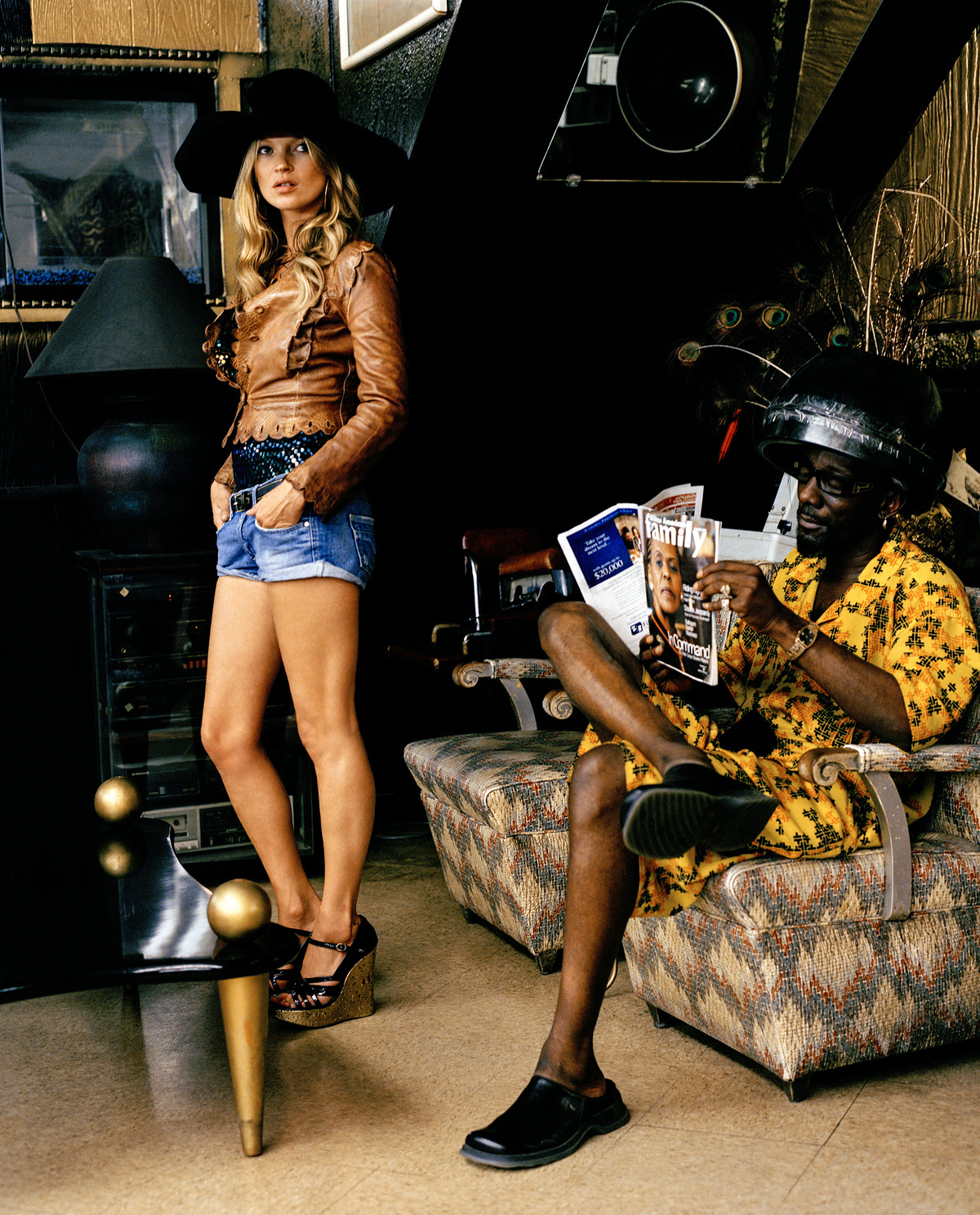

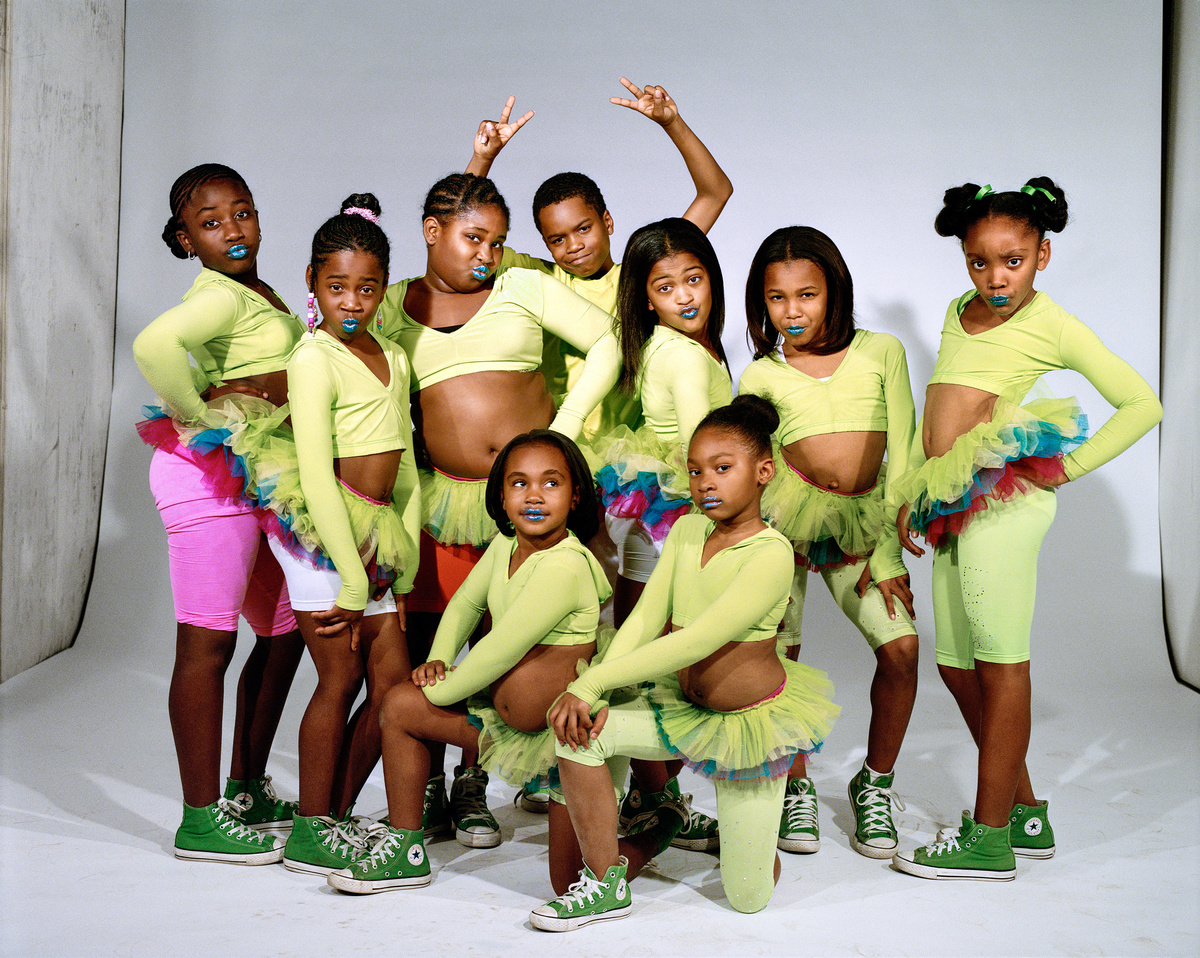
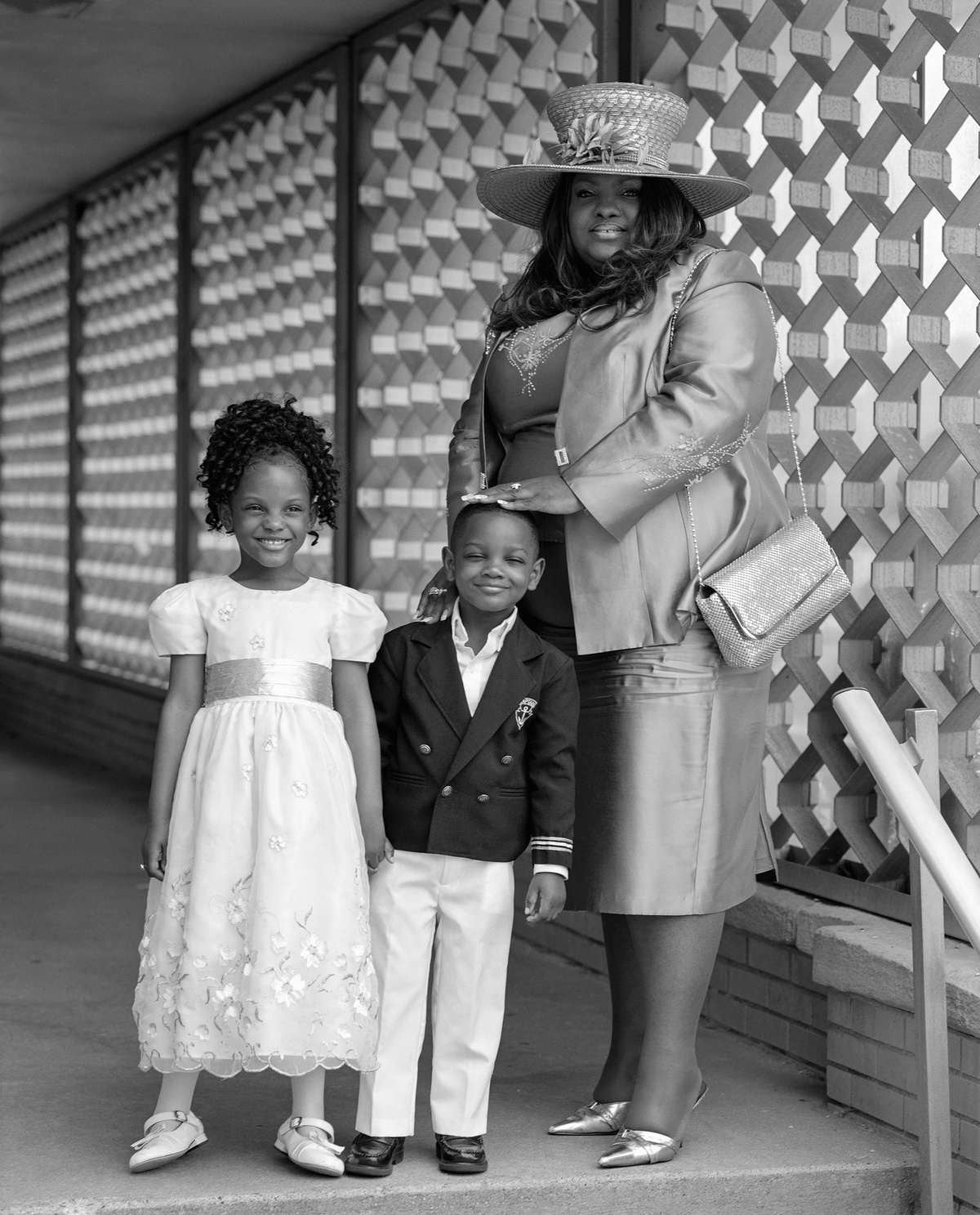
Credits
Text Rory Satran
Photography Bruce Weber
